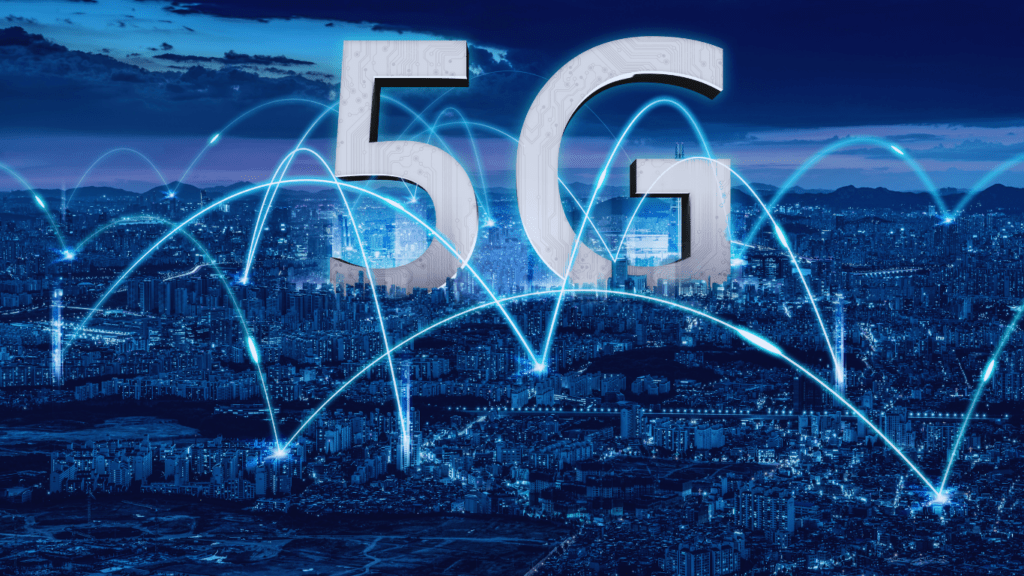Understanding 5G Technology
5G represents the fifth generation of wireless network technology, offering unprecedented speed, low latency, and enhanced connectivity. It forms the backbone for the next era of communication and technological advancements.
What Is 5G?
5G is the latest evolution in mobile broadband technology, succeeding 4G LTE. It uses higher frequency radio waves and advanced antenna technologies to deliver faster data speeds and more reliable connections. Telecommunication providers deploy 5G in three bands—low, mid, and high (millimeter-wave)—to balance speed, coverage, and network capacity.
Key Features of 5G
- Faster Data Speeds: 5G enables data transfer rates up to 20 Gbps, compared to 1 Gbps on 4G.
- Ultra-Low Latency: It reduces latency to as little as 1 millisecond, improving real-time responsiveness in applications.
- High Device Density Support: Accommodates up to 1 million devices per square kilometer, essential for IoT growth.
- Enhanced Network Reliability: Offers robust connectivity, even in high-demand environments like stadiums.
- Energy Efficiency: Designs reduce power consumption in network systems, promoting sustainability.
- Speed: 5G is up to 100 times faster than 4G, enabling smoother streaming and quicker downloads.
- Latency: 5G reduces latency, making real-time interactions like online gaming and AR/VR applications seamless.
- Capacity: 5G can handle far more connected devices simultaneously, fostering IoT ecosystems.Frequency
- Use: While 4G primarily uses lower frequencies, 5G utilizes a broader spectrum, including high-frequency millimeter-wave bands, for optimal performance.
- Scalability: 5G’s network slicing technology supports various use cases, from remote surgery to autonomous vehicles.
These distinctions make 5G more than just an upgrade—it sets the stage for innovations across industries.
The Impact of Faster Internet on Communication

5G and future connectivity advancements are changing how we interact in personal and professional settings. Faster internet enhances:
- communication across multiple dimensions
- creating seamless
- efficient
- transformative experiences
Enhanced Connectivity in Urban and Rural Areas
High-speed internet reduces the digital divide. Urban areas experience fewer network bottlenecks, while rural regions gain access to stable, high-speed connections. In remote towns, faster networks facilitate telehealth and online education, increasing accessibility. Dense cities benefit from improved public Wi-Fi and smart infrastructure, supporting millions of connected devices.
Revolutionizing Video and Audio Communication
Faster internet enables ultra-clear video calls and HD streaming with negligible buffering. For platforms like Zoom and Microsoft Teams, 5G’s low latency ensures immediate responses and higher call quality. Enhanced compression technologies also support lossless audio, benefiting long-distance calls and live event broadcasting.
Real-Time Collaboration and Remote Work Benefits
Faster speeds allow instant data sharing and real-time co-editing on cloud platforms like Google Workspace and Microsoft 365. For remote workers, low-latency 5G eliminates delays, providing near-instant feedback and making virtual brainstorming productive. Augmented reality (AR) applications also benefit, offering immersive tools enhancing distant collaboration.
Emerging Applications of 5G and Beyond
5G’s transformative capabilities are unlocking advancements across industries, creating innovative solutions that redefine what’s possible. These applications are reshaping critical sectors, taking communication and connectivity to unparalleled heights.
Smart Cities and IoT Integration
Smart cities leverage 5G to enhance urban efficiency and improve residents’ quality of life. Its low latency and high connection density enable real-time data sharing between IoT devices, such as smart streetlights, traffic management systems, and public safety sensors. For example, automated traffic lights can dynamically adjust to ease congestion while environmental sensors monitor air quality and respond to changes immediately. Energy grids utilize these connections to optimize power distribution, reducing waste and operational costs.
Advancements in Telemedicine
Telemedicine experiences significant growth due to 5G’s high-speed and reliable networks. Real-time health monitoring through IoT-connected wearables helps physicians track patient vitals seamlessly. Remote consultations now support ultra-HD video, ensuring accurate visual assessments. For critical applications, surgeons can perform remote robotic-assisted procedures using 5G’s ultra-low latency, improving healthcare access in under-served areas. This transforms patient care, reducing travel-associated delays and enabling continuous monitoring.
The Rise of AR and VR Experiences
AR and VR adoption accelerate with 5G, creating immersive and interactive experiences. In entertainment, 5G allows lag-free VR gaming and live-streamed virtual concerts with lifelike precision. Remote collaboration through AR enhances fields like product design and construction, enabling teams to visualize 3D models in real-time. Education benefits with virtual classrooms, where students explore simulations like virtual labs or historical recreations, bridging engagement gaps in traditional setups.





